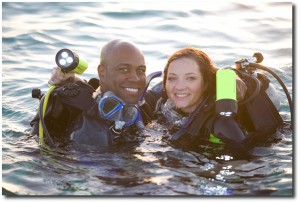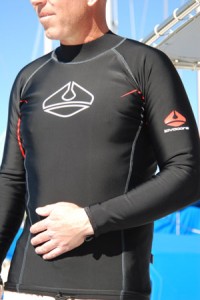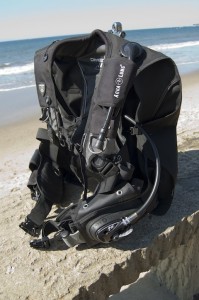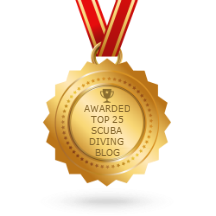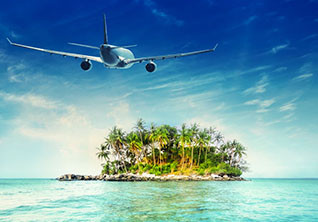Dive training complete. Check.
Check Out dives signed off by instructor. Check.
C-card in hand. Check.
So now that you’re a certified beginner diver what do you do next? Stay in the water, of course!
You’ve invested time and money getting certified plus you love your newfound hobby so why not continue to dive? After all, this is the crucial period that will determine whether you’ll keep diving or just have another Done that item to check off your list.
We are assuming you want to stay wet and enjoy the underwater world so; the next step is to gear up!
Let’s face it diving isn’t cheap and neither is the gear so what is a beginner supposed to do? Most new divers buy mask, fins and snorkel then just rent their other gear but that can stack up to a lot of wasted cash on gear that doesn’t fit or work well, has been used by God knows who, and we are pretty sure that smell isn’t the ocean.
Best way to ensure your comfort, safety and convenience is to start investing beyond a mask, fins and snorkel in your own gear and you start with the wetsuit.
The Wetsuit
The most important and personal piece of gear you will EVER own (trust us). A proper wetsuit is supposed to act as a second skin while keeping you warm and comfy in the water.
Just like Goldie Locks your wetsuit should fit just right. A suit that is too tight will make it hard for you to move and breathe properly and a suit that is too loose will make sure you can’t feel your fingers from the cold.
Your best bet is to buy your own wetsuit and you should buy it in person to ensure it hugs (and lets loose) in all the right places! Also, keep in mind where you dive as water temperatures can help you determine how thick or light a suit should be or if more than one is needed.
The Regulator with Instrument Console
Now that you are all suited up your next piece of gear should be your regulator with an instrument console.
Who wants to use gear that has been drooled all over by countless others, not to mention the fact that you aren’t sure how well its been cleaned or when was the last time it received maintenance.
Your regulator system includes a first stage, a primary second stage, a back-up second stage or octopus, and an instrument console with a dive computer to measure depth, air consumption and inform you of your dive profile for safety. This is the heart of your life support system, so you can dive happily knowing your regulator is properly adjusted, up to date with its service, and who the last person to use it was.
The BC
Of course, we all know you need some sort of buoyancy in the water because who wants to constantly fight rising or sinking as you enjoy the sights of the ocean? Your next piece of equipment should be the Buoyancy Compensator.
We placed this one at #3 because you can rent it easily and comfortably so long as you pick up the right size for you. So, it can wait til you’ve got your own wetsuit and reg.
The key to picking the right regulator is size and (like a wetsuit) keep in mind where you will be diving.
Your BC will be the center of your dive rig; it’s what everything connects to and it allows you to fine-tune your dive set-up, which adds up to a more pleasurable experience.
All the Rest
After you’ve got your fins wet and your basic gear you will probably want more equipment as an avid diver. Your own tank, weights, underwater light, extra dive wrist computer, booties, gloves, safety sausage, accessories like a ScubaDoRag and dive bag to hold it all together come with time as the need for it grows.
For Scuba Gear Reports full detailed article on Buying Your First Set of Dive Gear click here.


